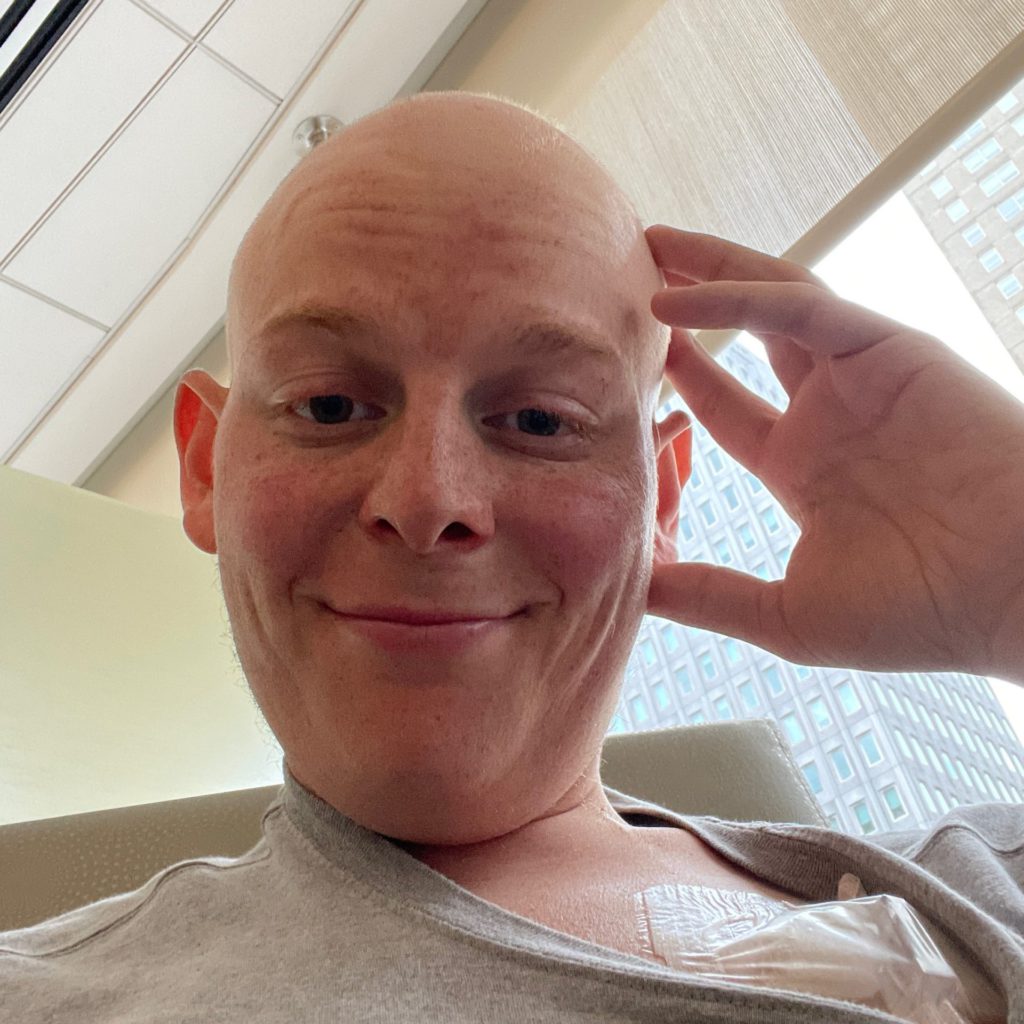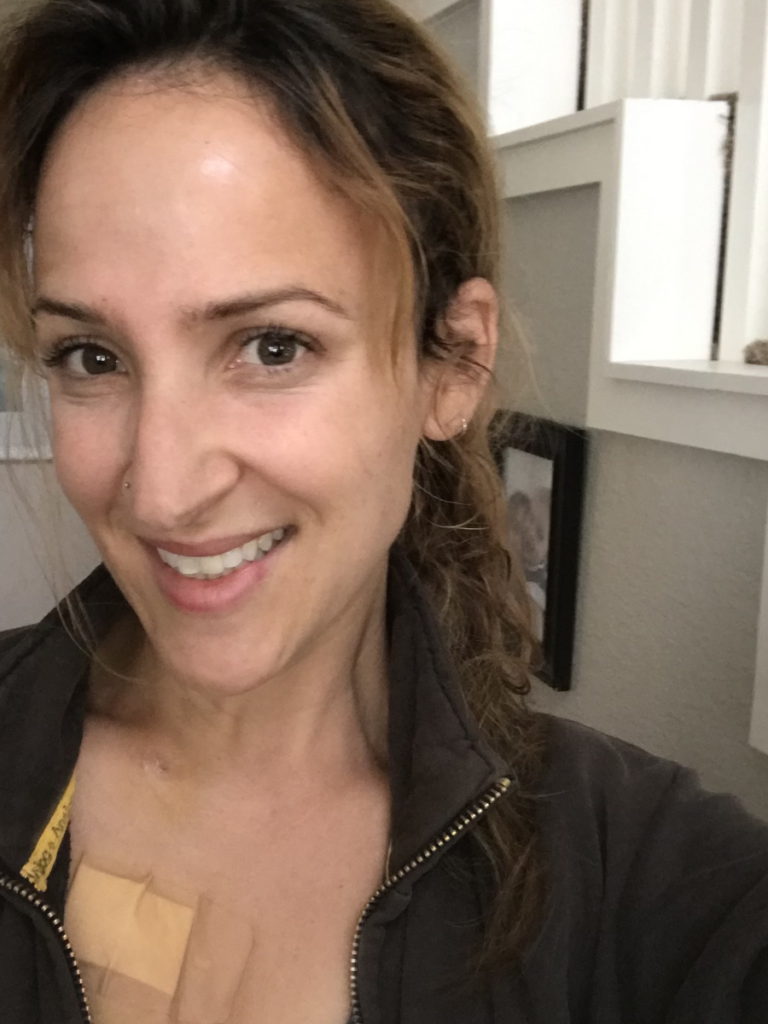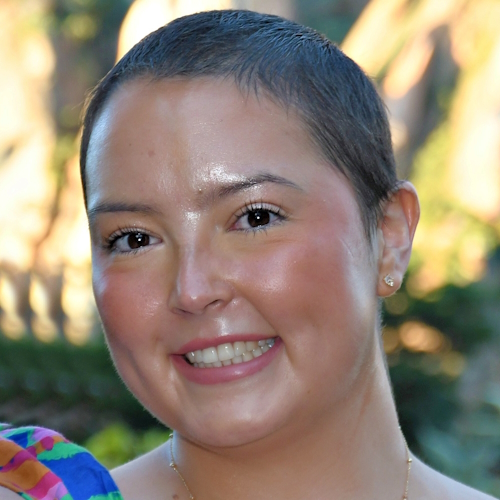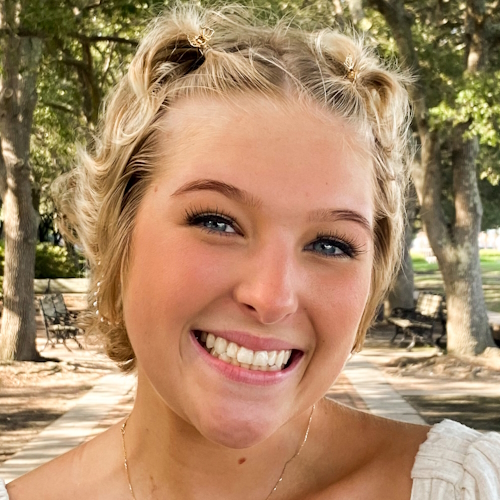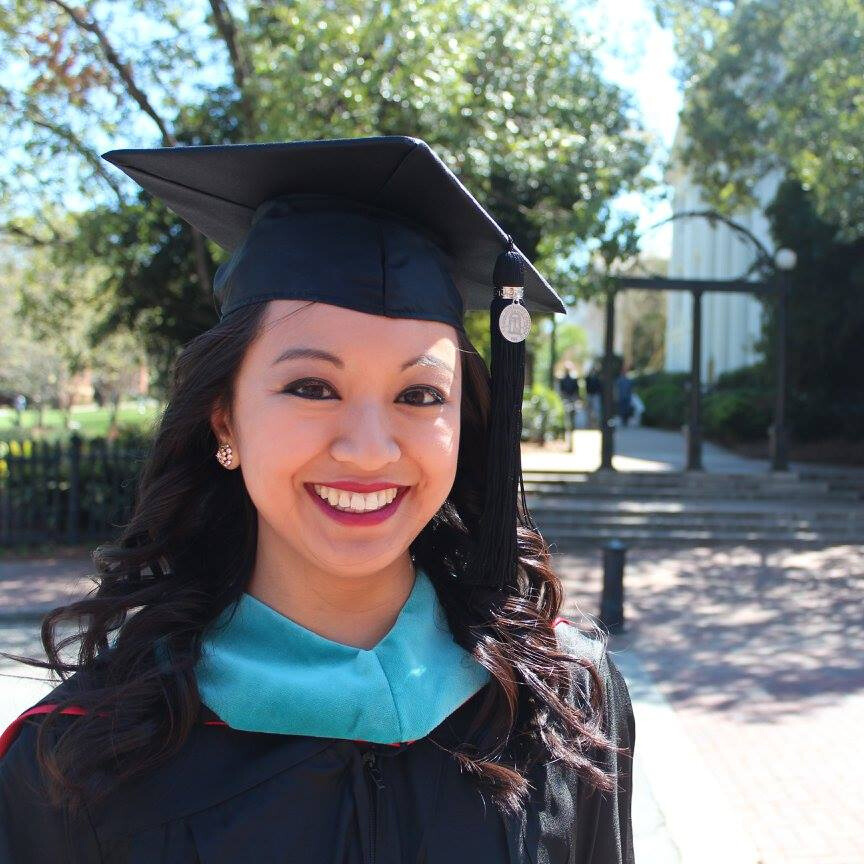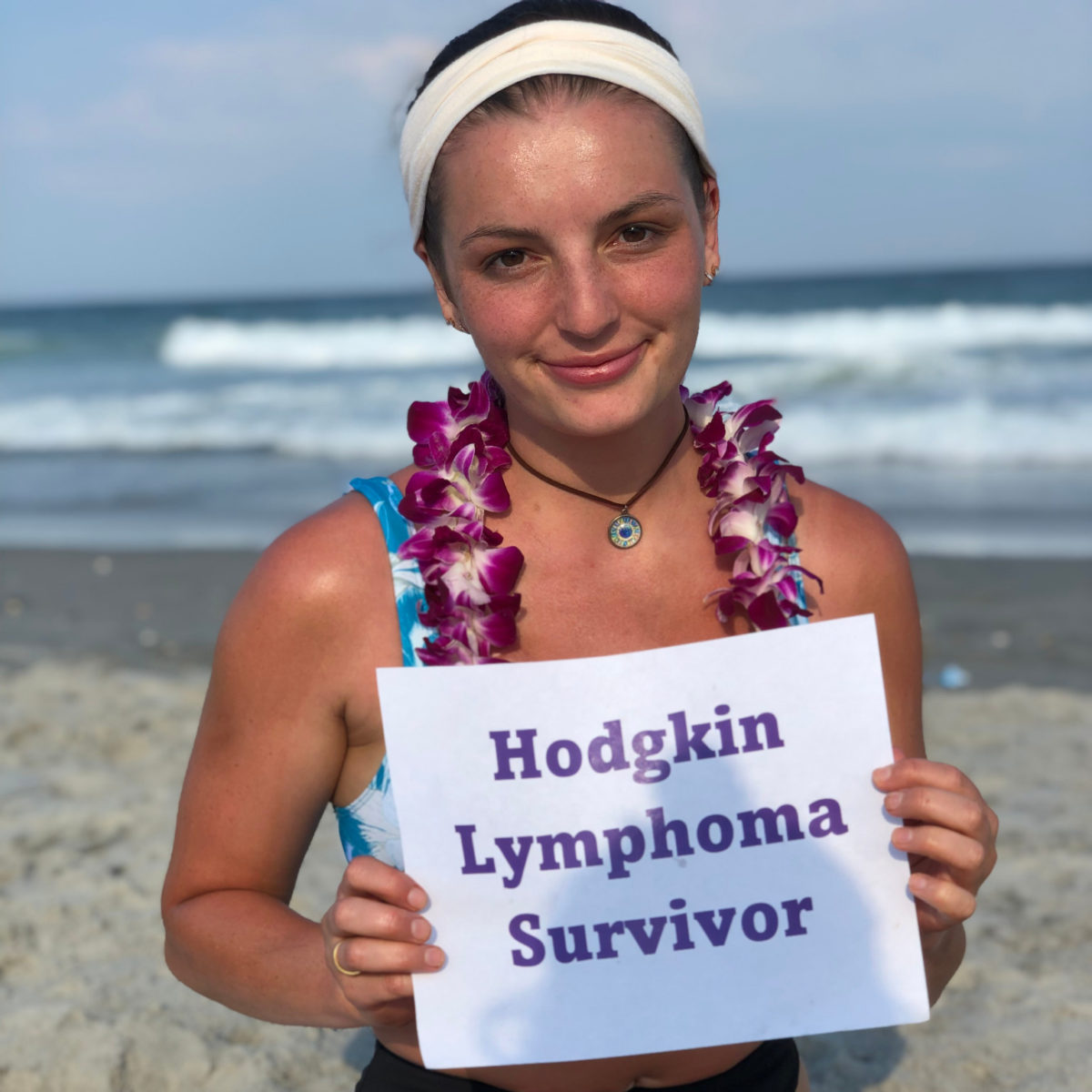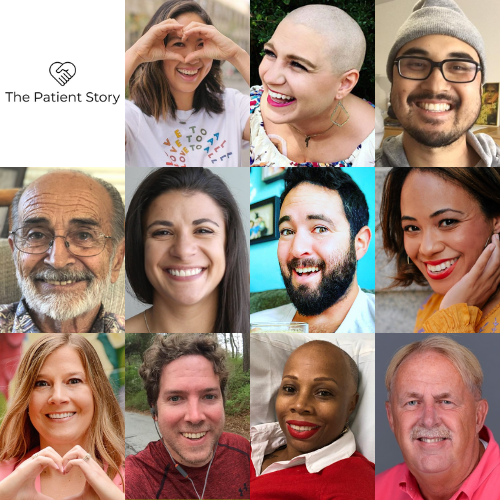Hodgkin’s Lymphoma 101: Causes, Types, and Stages






Adult Hodgkin lymphoma is a disease in which malignant (cancer) cells form in the lymph system. Explore the basics of the different Hodgkin’s subtypes, common first symptoms, stages, and more.
We’ve aggregated information from multiple leading sources of Hodgkin lymphoma information, primarily the National Cancer Institute. Hodgkin’s patients also share their entire cancer experiences, from symptoms to survivorship.
Hodgkin’s Lymphoma Symptoms
The main signs of Hodgkin lymphoma:
- Swollen lymph nodes: painless in the neck, underarm, or groin
- Fever (for no known reason)
- Night sweats that can be drenching
- “Unexplained” weight loss
- Some others:
- Itchy skin
- Feeling very tired
“I had a weird rash on my arm. It goes away [and] comes back. I couldn’t figure it out. Did I have wine? Did I have cheese? Did I have bread? What’s happening? Did I get too much sun? I had no idea. Other than that, I was pooped.”
– Nicole D. | See Nicole’s Hodgkin’s Lymphoma Story
Here are some of the first signs Hodgkin’s lymphoma patients experienced before they sought medical advice.
Hodgkin’s Lymphoma Diagnosis
Tests that examine the lymph nodes are used to detect (find) and diagnose adult Hodgkin lymphoma.
- Physical exam & history – Your doctor performs an exam checking general signs of health, along with lumps that could be swollen lymph nodes, including in your neck, underarm, and groin.
- Blood tests – Usually a complete blood count (CBC) test where a sample of blood is drawn and then examined in a lab for the following:
- The number of red blood cells, white blood cells, and platelets
- The amount of hemoglobin (the protein that carries oxygen) in the red blood cells
- The portion of the sample made up of red blood cells
- LDH test – Another blood test to check the amount of lactic dehydrogenase. Increased levels could signal tissue damage, lymphoma, or other diseases.
“There are LDH tests that show how chemo is working. It was so incredibly high, and then it was basically cut in half after the first two treatments. I was very fortunate to have very quick results fast, and it helped me power through for the rest of the time.”
– Josh G. | See Josh’s 4B Hodgkin’s Lymphoma Story
- Hepatitis B and Hepatitis C tests – Blood is drawn to measure the amounts of hepatitis B virus-specific antigens and/or antibodies and the amounts of hepatitis C virus-specific antibodies, which are called “markers.” Different markers or combinations of markers are used to determine whether a patient has a hepatitis B or C infection, has had a prior infection or vaccination, or is susceptible to infection.
- Imaging tests – These scans are used to look for signs of Hodgkin’s lymphoma in other areas of your body. These include an X-ray, CT (CAT scan), and positron emission tomography (PET), or PET-CT scan.
- With contrast – Dye may be injected into a vein or swallowed in order to help highlight the tissues and/or organs on the scan
- PET-CT – The scans are done on the same machine at the same time to give a more detailed picture. A small amount of “sugar” (radioactive glucose) is injected into a vein to highlight malignant tumor cells.
- For pregnant women – Tests are used to protect the fetus from radiation harms:
- MRI (magnetic resonance imaging) – A procedure that uses a magnet, radio waves, and a computer to make a series of detailed pictures of areas inside the body. This procedure is also called nuclear magnetic resonance imaging (NMRI).
- Ultrasound exam – A procedure in which high-energy sound waves (ultrasound) are bounced off internal tissues or organs and make echoes. The echoes form a picture of body tissues called a sonogram.
- Lymph node biopsy – Removing a lymph node for laboratory testing. The doctor will diagnose classical Hodgkin’s lymphoma if abnormal cells called Reed-Sternberg cells are found within the lymph node.
- Excisional biopsy – The removal of an entire lymph node
- Incisional biopsy – The removal of part of a lymph node
- Core biopsy – The removal of tissue from a lymph node using a wide needle
- Bone marrow biopsy – Removing a sample of bone marrow for testing involves inserting a needle into your hipbone to remove a sample of bone marrow. The sample is analyzed to look for Hodgkin’s lymphoma cells.
“The transplant was amazing. Even now, I’m in total awe of the whole thing. It was probably one of the most physically grueling things I have ever been through but also one of the most beautiful.”
– Sam S. | See Sam’s Relapsed Hodgkin’s Lymphoma Story
Hodgkin’s Lymphoma Types
There are two main types of Hodgkin lymphoma: classical and nodular lymphocyte-predominant.
Hodgkin’s Lymphoma Stages and Prognosis
- Stage I – The cancer is limited to a single lymph node region or one organ.
- Stage II – The cancer is in two lymph node areas or the cancer has invaded one organ and the nearby lymph nodes, but the cancer is still limited to a section of the body either above or below the diaphragm.
- Stage III – When the cancer moves to lymph nodes both above and below the diaphragm. Cancer may also be in one portion of tissue or an organ near the lymph node groups or in the spleen.
- Stage IV – This is the most advanced stage of Hodgkin’s lymphoma. Cancer cells are in several portions of one or more organs and tissues. Stage IV Hodgkin’s lymphoma affects not only the lymph nodes but also other parts of the body, such as the liver, lungs, or bones.
Other/FAQs
What factors affect prognosis (chance of recovery) and options for treatment?
The prognosis (chance of recovery) and treatment options depend on the following:
- The patient’s signs and symptoms
- Cancer stage
- Type of Hodgkin lymphoma
- Blood test results
- Patient’s age, gender, general health
- Whether the cancer is recurrent or progressive
For Hodgkin lymphoma during pregnancy, treatment options also depend on:
- The wishes of the patient
- The age of the fetus
Adult Hodgkin lymphoma can usually be cured if found and treated early. (NCI)

“My hope is that we will be able to cure more people using immunotherapies the first go around.”
– Dr. Matthew Matasar / For more on treatments, explore The Latest in Hodgkin Lymphoma
What factors affect the risk of Hodgkin’s?
- Age
- Gender
- Epstein-Barr infection
>>>MORE Explore Survivorship Care Plans For Hodgkin Lymphoma Patients
Hodgkin’s Lymphoma Ribbon: Symbolizing Awareness with Purple
Hodgkin’s lymphoma holds special meaning for many people.
- Hodgkin’s lymphoma is symbolized by a purple ribbon.
- The purple ribbon represents hope, strength, and unity within the Hodgkin’s lymphoma community.
- Wearing Hodgkin’s lymphoma bracelets featuring the purple ribbon serves as a visual reminder of support.
- The purple ribbon helps raise awareness and supports fundraising efforts for research and patient support programs.
- Embracing the purple ribbon as a symbol of Hodgkin lymphoma awareness is a powerful way to stand together in solidarity.

“I made a lot of ribbons. That became my hobby. I watched a lot of TV. I don’t really know. My dad would come to hang out with me.
We went to a lot of movies together. That was really awesome. In hindsight, now that my dad has passed away, I’m so grateful for that time I got to spend with him.”
– Lani S. | See Lani’s Stage 2 Classical Hodgkin’s Lymphoma Story
Hodgkin’s Lymphoma Patient Stories
Read in-depth stories from Hodgkin’s patients who share their entire cancer experience, from symptoms to survivorship.
Classical Hodgkin’s Lymphoma (Most Common) Patient Stories
Jessica H., Hodgkin’s Lymphoma, Stage 2
Symptom: Recurring red lump on the leg (painful, swollen, hot to touch)
Treatment: Chemotherapy
Riley G., Hodgkin’s, Stage 4
Symptoms: • Severe back pain, night sweats, difficulty breathing after alcohol consumption, low energy, intense itching
Treatment: Chemotherapy (ABVD)
Amanda P., Hodgkin’s, Stage 4
Symptoms: Intense itching (no rash), bruising from scratching, fever, swollen lymph node near the hip, severe fatigue, back pain, pallor
Treatments: Chemotherapy (A+AVD), Neulasta
Nodular Lymphocyte Predominant Patient Stories
No post found
Metastatic Hodgkin’s Lymphoma Patient Stories
Amanda P., Hodgkin’s, Stage 4
Symptoms: Intense itching (no rash), bruising from scratching, fever, swollen lymph node near the hip, severe fatigue, back pain, pallor
Treatments: Chemotherapy (A+AVD), Neulasta
...
CC W., Hodgkin’s, Stage 4
Symptoms: Achiness, extreme fatigue, reactive rash on chest & neck, chills, night sweats
Treatment: ABVD chemotherapy (6 cycles)
...
Lia S., Nodular Sclerosis, Stage 4A
Symptom: Extreme lower back pain
Treatment: ABVD chemotherapy
...
Dilan P., Hodgkin’s, Stage 4B
Symptoms: Night sweats, appearance of lumps on the neck and in the armpit, severe itching, fatigue
Treatment: Chemotherapy
...
Riley G., Hodgkin’s, Stage 4
Symptoms: • Severe back pain, night sweats, difficulty breathing after alcohol consumption, low energy, intense itching
Treatment: Chemotherapy (ABVD)
...


